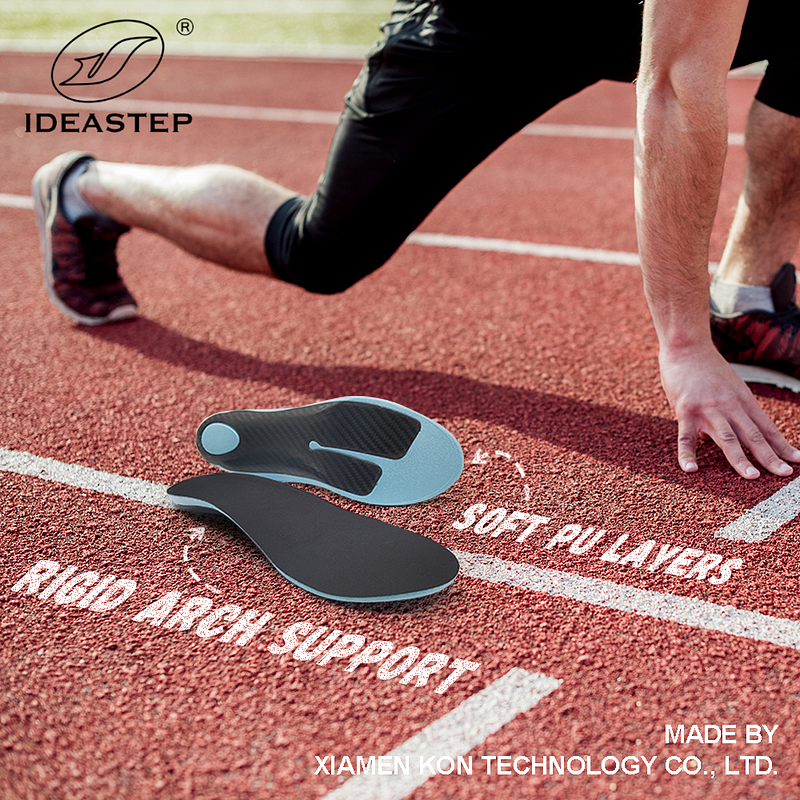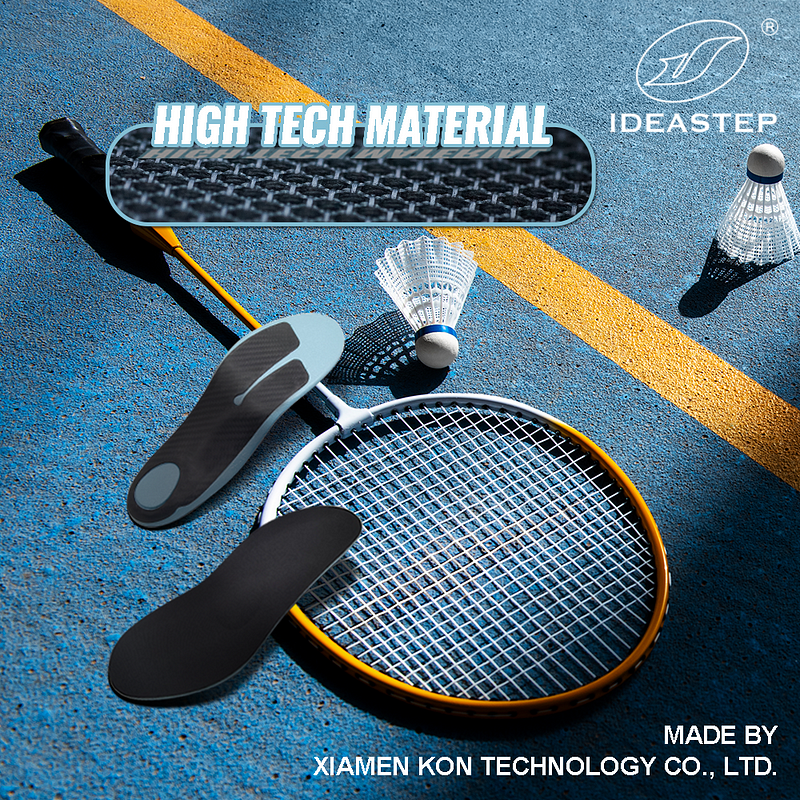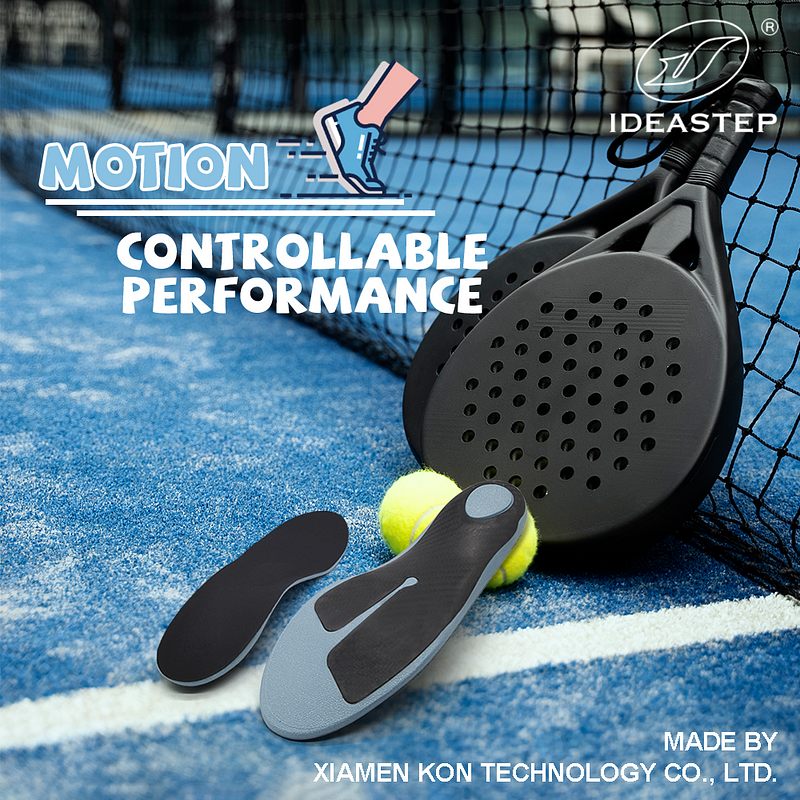There are many athletic insoles available on the market for different purposes: some of them might be made for comfortability, and others will be performance-oriented. For instance, insoles come in gel and foam materials to fit different needs and purposes. These different materials have their advantageous points, which will be discussed in due course.
1. Understanding Athletic Insoles
What Are Athletic Insoles?
The athletic insoles are special inserts that make sporting shoes much more comfortable, providing even better performance. They have cushioning, support, and shock absorption for general foot health and athletic performance.
Key Functions of Athletic Insoles
- Comfort: Ensuring comfortability during any physical activities.
- Shock Absorption: Reduces impact stress on one’s feet and joints.
- Support: Provides arch and heel support to protect against injury.
2. Gel Athletic Insoles: Features and Benefits
Material Characteristics
Gel athletic insoles are manufactured with a soft and flexible gel material for shock absorption and cushioning purposes. The gel assumes the exact shape of the foot, hence making a custom fit.
Gel Insoles
- Better Shock Absorption: Provides the best level of cushioning for high impact sports.
- Durability: Last longer when exposed to extreme utilization.
- Activities for Which Best Utilized: High Physical Stress Sports – Running and Basketball.

3. Foam Athletic Insoles: Characteristics and Applications
Characteristics of Material
The athletic foam insoles are manufactured by EVA or PU foams, which are lightweight and flexible. These can provide good ventilation and mold to the shape of your foot.
Advantages of Foam Insoles
- Lightweight and Breathable: Comfortable for extended use.
- Customizable: Available in several densities, making them quite versatile.
- Ideal for: Sports requiring comfort with less impact, such as walking sports or casual sports.
4. Gel vs. Foam Athletic Insoles: Comparison
Comfort and Cushioning
Gel insoles have a plush, cushioned feel great for higher-impact activities, whereas the comfort of foam insoles is supportive and can reduce foot fatigue, hence lightweight and comfortable for daily wear.
Shock Absorption and Support
Gel insoles will be quite good in shock absorption, while the comfort of foam insoles can be supportive and may reduce foot fatigue.
Durability and Maintenance
Gel insoles are pretty durable but may compress over time. In the case of foam insoles, this depends on the density of the foam and how well they have been used.

5. How to Choose an Athletic Insole That’s Right for Your Needs
Predisposing Factors
- Type of Sport or Activity: It may well be that gel insoles are best applied to high-impact sports, while lighter activities can make do with simple foam insoles.
- Personal Comfort Preferences: Whether you like comfort plush or super light, it’ll be up to you with either gel or foam.
- Foot Type and Arch Support Needs: If you have a foot type or arch support need that is unique or different, your only option may be custom.
How to Decide
Weigh the pros of each insole material type to determine which will suit your needs best for comfort, performance, and longevity.
6. Real-Time Experience
Customer Testimonials
For high-impact activities, some find that gel insoles are good to go, as they absorb most of the impacts, while for some, foam insoles work great for everyday applications because of their breathability and comfort.
Personal Testimony
I’ve used both gel and athletic foam insoles. The gel insoles were great for shock absorbency when working out really hard, while the foam insoles were so comfortable to wear around every day. Each has its benefits depending on the activity.

7. Conclusion
Both gel and foam athletic insoles have their own merits. Gel insoles work the best for shock absorbency, while foam insoles are light, providing comfort. The type of material is based on your activity and preference.
8. Frequently Asked Questions
What are some of the major differences between gel and foam athletic insoles?
The gel insoles are shock-absorbing, while the foam ones are light and well-ventilated.
Which is better to use for high-impact sports?
Generally, gel insoles act better for high-impact activities because of their generally superior shock absorption.
Can comfort provided by foam insoles rival that of gel insoles?
Foam insoles provide very good comfort but cannot always offer as much shock absorption as gel insoles.
How long does a set of gel and foam insoles last?
Gel insoles are very durable but may compress; how long the foam insoles last depends on the particular density and usage.
Which will it be for my sport: gel or foam insoles?
It is best to decide on an insole considering the level of impact from the sport, your comfort, and your foot’s needs for support.
If you are interested in Athletic Insoles , you can continue to visit this page (https://www.aideastep.com/products-2/) and tell us your needs.
